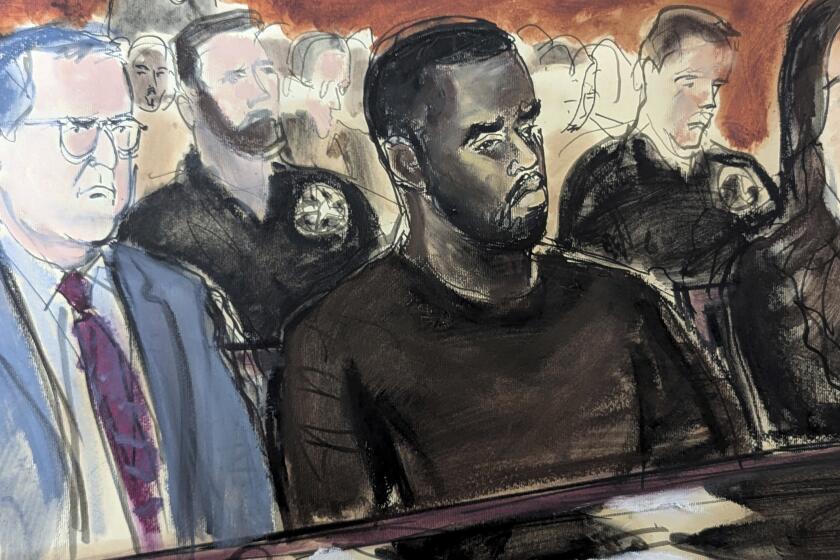Tribune Is Latest Casualty Among Afternoon Papers
- Share via
SAN DIEGO — With its merger early next year into the San Diego Union, the Tribune will become the latest in a long line of evening newspapers to disappear because of declining readership and competition from increasingly dominant morning newspapers.
As with many struggling or closed newspapers, the Tribune was undermined by “changing reading habits,” Copley Press Chairwoman Helen K. Copley said Wednesday. “Meanwhile, the San Diego Union has shown major growth annually in the morning field.”
The latest figures from the Audit Bureau of Circulation show the Tribune--San Diego County’s circulation leader until 1966--with just 116,694 readers, far below the morning Union’s 271,068.
Many large-city newspapers have been unable to attract and retain readers who lack the time to read an evening paper.
Some former evening paper readers now work late into the night; others dedicate their free time to family and leisure-time activities.
And, like their morning counterparts, many evening newspapers have been undermined by competition from local and national television news.
For more than two decades, the number and circulation of morning newspapers nationwide has been rising, while the number of evening papers has tumbled.
Evening newspapers still outnumber morning papers by a wide margin. But those papers generally are found in smaller towns; only one of the nation’s top 25 newspapers is published solely in the afternoon.
The merger reflects another trend in the newspaper industry: Companies that own two newspapers in the same market increasingly are consolidating them and doing away with the afternoon papers.
Just this month, John Morton, a Washington-based newspaper analyst, said Media General Inc. announced that it would stop publishing the evening Richmond News Leader in May, 1992, and incorporate that newspaper’s resources into the morning Richmond Times Dispatch. The Kansas City Star and Times were combined earlier this year into a morning newspaper.
The decision to merge papers is economic. Companies can quickly cut their costs and, in many cases, enjoy stronger revenue in the long-term.
“There are a dwindling number of commonly owned morning and evening newspapers in the U.S.,” Morton said. “Clearly, the era of the commonly owned morning and evening is coming to a halt.”
Papers owned by a single company still compete with each other in cities such as Phoenix, Indianapolis and Milwaukee. But “at some point,” Morton said, “the evening paper becomes a drag on the financial performance. And if you allow that to go on for a long time, it becomes a real economic burden.”
In San Diego, Copley said Wednesday, for too many years “we have competed against ourselves.”
Analysts said the Tribune survived as long as it did because it remained popular among San Diego’s large retiree community and the county’s blue-collar work force, including Navy personnel.
More to Read
The biggest entertainment stories
Get our big stories about Hollywood, film, television, music, arts, culture and more right in your inbox as soon as they publish.
You may occasionally receive promotional content from the Los Angeles Times.










